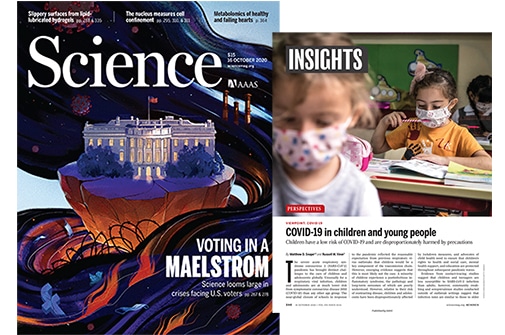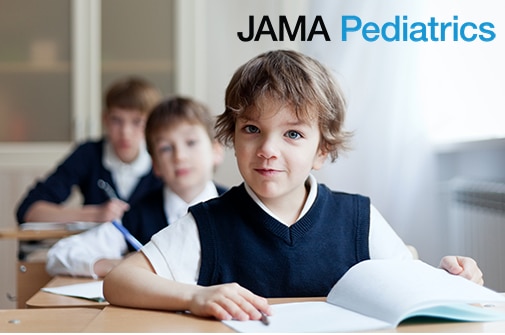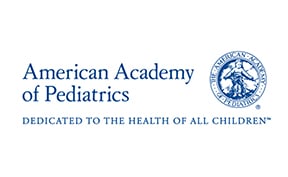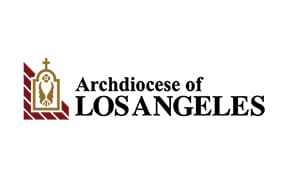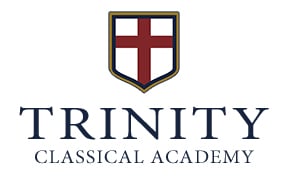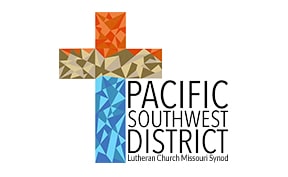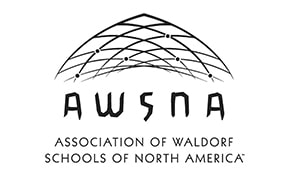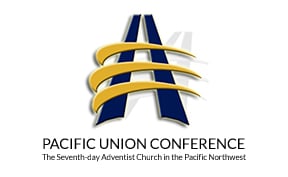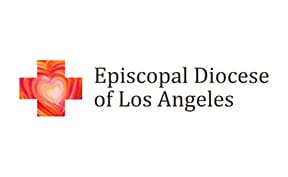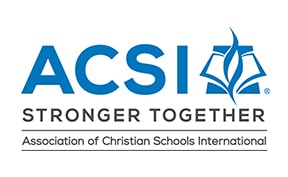OPEN LETTER FROM PARENTS TO GOVERNOR NEWSOM
February 4, 2021
The Honorable Gavin Newsom
Governor of California
1303 10th Street, Suite 1173
Sacramento, CA 95814
Dear Governor Newsom:
A clear consensus has emerged in recent weeks in the scientific community:
Opening schools for students of all ages neither contributes to community spread of COVID-19 nor threatens the safety of teachers, students, or staff, so long as infection control measures are in place.
Another consensus has also emerged:
Keeping any school shuttered for another day will compound the damage already done to our children’s educational, physical, mental, and emotional well-being.
In light of these developments, the Governor’s COVID-19 In-Person Instruction Framework issued on January 14, 2021 (the Framework) cannot stand. Indeed, the CDC, the Harvard Global Health Institute, and medical professionals in Los Angeles County and across the State agree that all schools should with proper and appropriate mitigation strategies in place be permitted to open immediately.
The State’s Framework Is Based on Old Science
The Framework relies on the State’s county tier system to determine when schools in a particular county may open. The Framework allows K-6 schools to open (without a waiver) when the adjusted case rate is below 25 cases per 100,000 people per day, and grades 7-12 may open when the adjusted case rate falls below 7 cases per 100,000 per day. The Framework states, “This case rate reflects recommendations from the Harvard Global Health Institute analysis of safe school reopening policy.” Those recommendations were issued in July 2020.
New guidance issued in December 2020 from a multi-disciplinary group of experts at Harvard University, Brown University, Boston University, Tufts University, and New America led by Danielle Allen, director of the Edmond J. Safra Center for Ethics at Harvard University Harvard Global Health Institute supplanted the recommendations cited by the Framework. The new recommendations provide that “schools be open even at the very high levels of spread we are now seeing, provided that they strictly implement strategies of infection control.” (See “Schools and the Path to Zero: Strategies for Pandemic Resilience in the Face of High Community Spread” Dec. 18, 2020)
The experts behind the new recommendations explained: “Our knowledge about the virus and about mitigation strategies for infection control has increased significantly from July [2020]. It is now clear that schools with in-person learning that use effective mitigation strategies are very unlikely to create super spreader events, can create safe environments, and can achieve lower transmission rates than characterize the surrounding community. Additionally, in-person instruction is so important that despite the moderately heightened infection risk to educators even under good infection control measures, we think that schools can reopen safely and should do so. While we are still in the process of studying schools that have had outbreaks, it is now reasonable to expect that those situations reflect breakdowns in systems of infection control.” The Framework must evolve with the science, and the science says the case-rate criteria are obsolete.
Many independent schools and some public schools in Los Angeles County have been prepared to offer a hybrid learning environment with robust infection controls since the start of the school year. While allowing some schools to open when others remain closed no doubt exacerbates existing inequalities. However, keeping schools closed when they can open safely has caused and will continue to cause tens of thousands of children to suffer needlessly.
To the extent the State’s Framework relies on the CDC’s “indicators and thresholds for risk of transmission of COVID-19 in schools,” that advice is dated September 15, 2020, and has been superseded by the CDC’s announcement on January 26, 2021, and accompanying JAMA article that schools may operate even in places with high infection rates as long as precautions are taken. One of the paper’s authors commented that, even in places with high infection rates, there is no evidence schools transmit the virus at rates any higher than those seen in the general community.
No science shows hybrid learning environments in which precautionary measures are taken are more dangerous to students, teachers, and staff than outdoor dining, indoor shopping, or personal services like haircuts and manicures, all of which are permitted in Los Angeles County. Indeed, the science shows that keeping all schools closed, regardless of the mitigation strategies deployed by those schools, is arbitrary and unjustifiable.
The State Tier System Discriminates Against Schools in Low-Transmission Areas of Los Angeles County
Los Angeles County is one of the nation’s largest by size and sprawls over 4,000 square miles. Orange County is less than a quarter the size of Los Angeles County and borders Riverside and San Bernardino Counties, both of which have similar or higher case rates than Los Angeles County. According to the latest Census data, more than 100,000 people commute to Orange County every day from Riverside and San Bernardino Counties.
Yet all of Los Angeles County is treated the same for purposes of school reopenings. If the State or County were to consider geographic areas closer in size to Orange County, such as Los Angeles Department of Public Health (LADPH) service planning areas or districts, several areas would qualify to reopen under the Framework, including the West and Hollywood-Wilshire districts. Indeed, Orange County has a higher case rate than those areas based on the LADPH dashboard. The argument that there is movement within Los Angeles County applies equally to movement between Orange County and its surrounding counties.
* * *
The Harvard Global Health Institute summed up the reasons for its new approach to school reopenings by explaining:
In our previous guidance, we recommended closure above the 25 per 100,000 rate because we thought that was the level of community spread at which it would no longer be possible to implement contact tracing at levels that could keep up with the disease. Our metrics baked in the idea that opening for in-person learning hinged on judgments about capacity to implement infection control procedures. However, it is in fact possible to implement infection controls that minimize risk even at higher levels of community spread, and schools that can develop that capacity should seek to stay open for in-person learning even at higher levels of community spread. Also, when increases in community spread test a school’s capacity to maintain infection control practices, for instance, contact tracing, we should seek to remedy resource-constraints prior to determining that the necessary solution is to reduce in-person learning.
The most critical question is whether schools can achieve in-building safety in support of in-person learning, even with broad community spread, between now and the end of the school year.
Many schools throughout Los Angeles County can provide in-building safety to their teachers, students, and staff. It’s time for California’s government to give them the opportunity to do that and get children back into the classroom.

